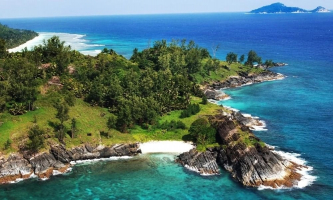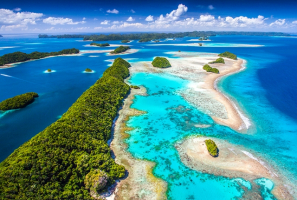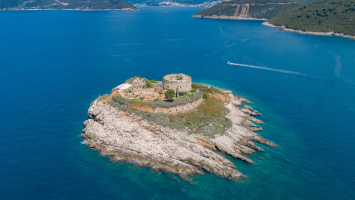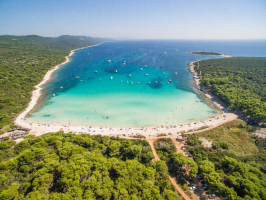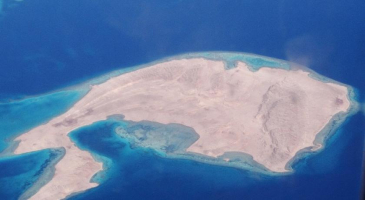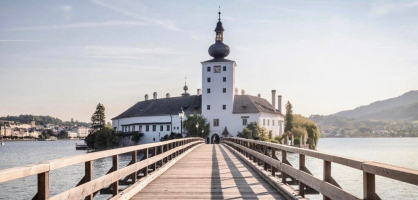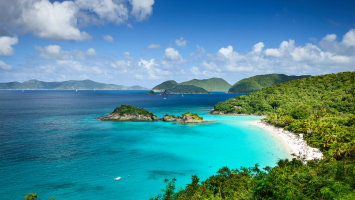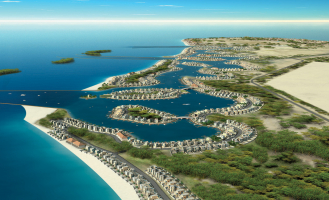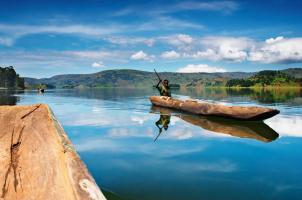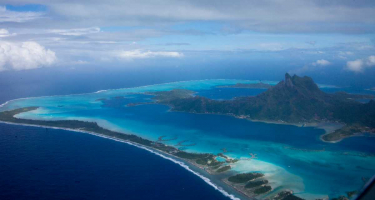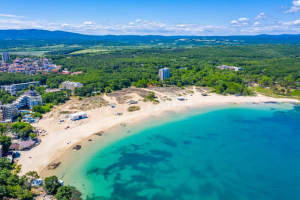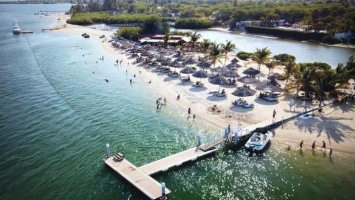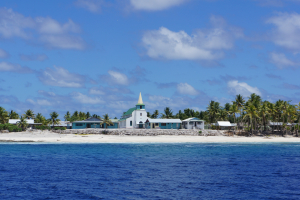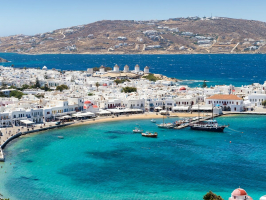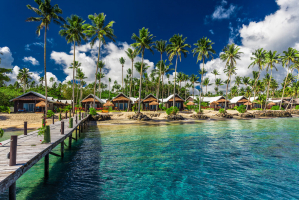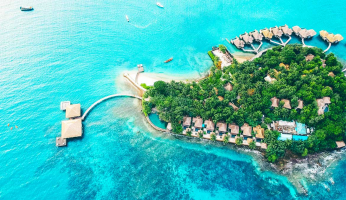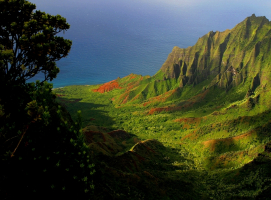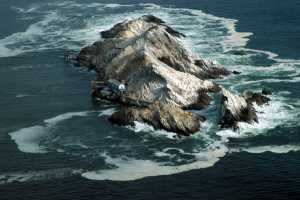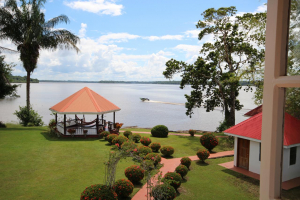Top 5 Most Beautiful Islands In Dominica
The nicest islands surrounding the Dominican Republic are divided into two groups: those on the popular southwest coast and those on the less-visited northeast ... read more...coast, close to the border with Haiti. If you want to spend a nice day at the beach with enough facilities to keep the whole family pleased, travel to the southern islands. If you want more rough adventures, head to the Dominican Republic's northern coast islands. You will be treated to tropical beauty and crystal-clear Caribbean water regardless of the island you choose. These are the top five most beautiful islands in Dominica.
-
Saona Island ranks 1st on the list of the most beautiful islands in Dominica. This is a famous island located on the Dominican Republic's southeast coast. This island is hard to top for magnificent natural beauty and crystal-clear seas for snorkeling or simply sunbathing along the coast. The oceans around the island are teeming with biodiversity, with numerous types of birds and tropical marine fish, and there are extensive regions where natural sandbars offshore reduce the depth to only a few feet. Smaller speedboats stop for guests to relax in the waist-deep shallows where they dive and explore the region's starfish farms. Coral reef ecosystems with outstanding marine diversity may be found on and around Saona island, attracting both snorkelers and scuba divers.
Saona has more to offer than most other islands off the coast of the Dominican Republic because it is larger. Palmilla Beach is a beautiful length of the beach with shallow waters ideal for families. If you've had your fill of the sea and sand, head to Cotubanamá National Park. A short stroll will lead you to Cueva del Puente (Bridge Cave), where you can discover old artwork.
Location: La Altagracia province, south-east coast of Dominica.
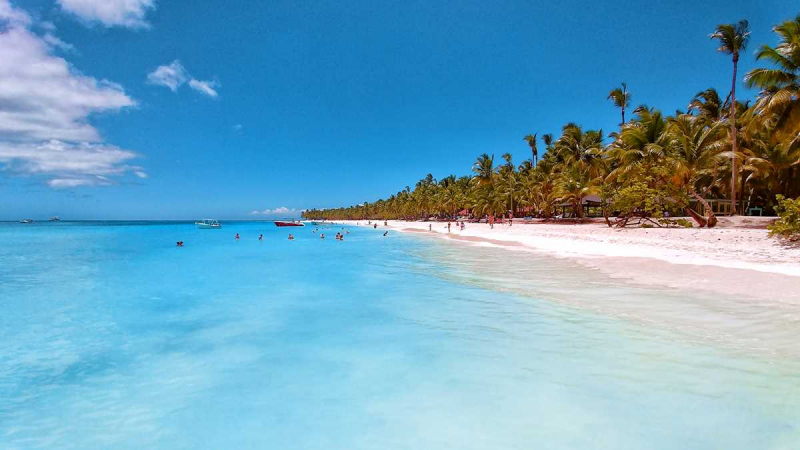
puntacanatravelblog.com 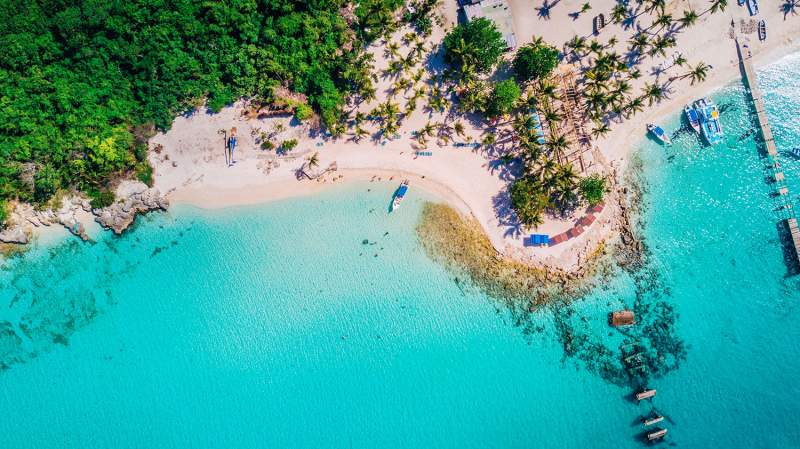
denomades.com -
Ranked in 2nd place on the list of the most beautiful islands in Dominica is Cayo Levantado. This is a lovely island in Samana Bay, off the Dominican Republic's north coast. The island's highest point is 26 meters above sea level. It is 0.5 km long from north to south and 0.9 km long from east to west. The area has a tropical rainforest climate. The annual average temperature in the area is 24 degrees Celsius. The warmest month is September, with an average temperature of 26 °C, and the coldest month is January, with an average temperature of 22 °C. The yearly rainfall average is 1,927 millimeters. The wettest month is May, which has an average rainfall of 281 mm, and the driest month is February, which has an average rainfall of 59 mm. Birds abound on the island, including pelicans, frigates, and egrets.
This palm-lined tropical island is a popular tourist attraction in the country. On a day excursion, it is popular with couples wishing to rest and unwind. The tranquil seas are ideal for paddling, and there are a number of beachfront pubs and restaurants providing delicious food and fruity cocktails. The island is home to a five-star hotel of the Grand Bahia Principe brand. Furthermore, the Samaná El Catey International Airport is 68 kilometers away.
There's not much to do on Cayo Levantado except enjoy the beauty of the beach under the shade of the trees. Bring a good book and some good company for a relaxing day on the island.
Location: Samaná Province, the eastern region of Dominica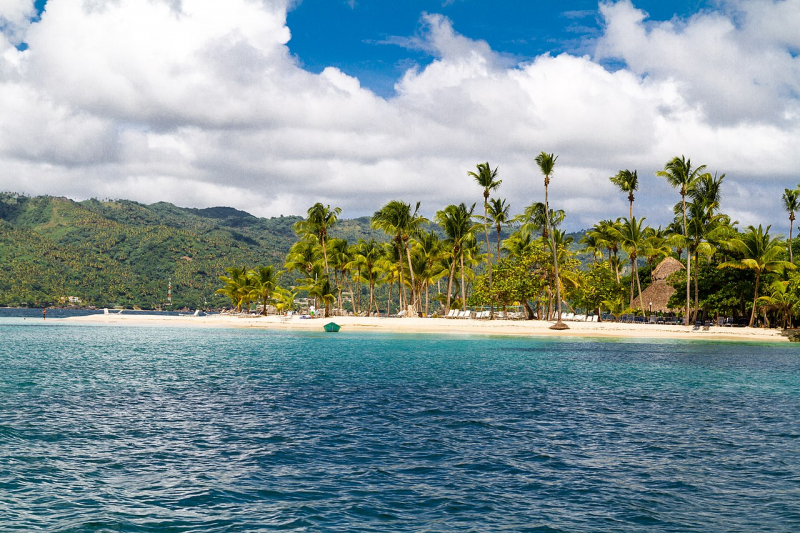
wikipedia.org 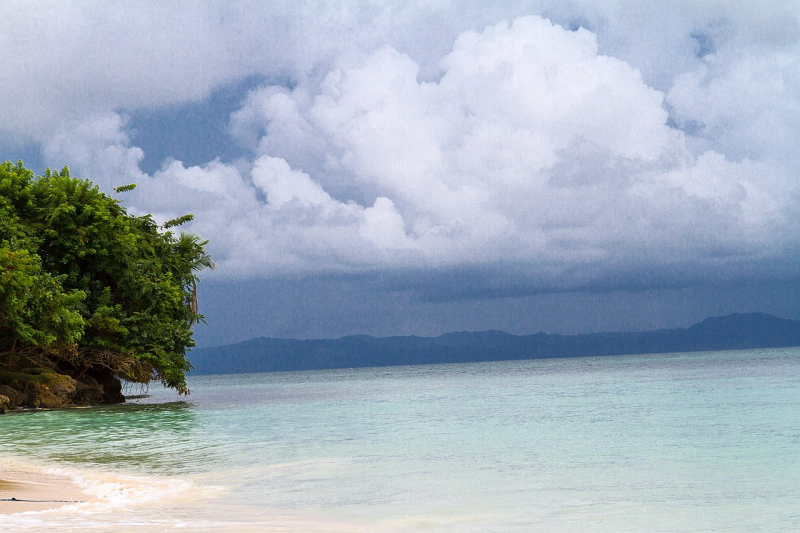
wikipedia.org -
Catalina Island (Isla Catalina) is a renowned tourist destination off the coast of the Dominican Republic. The island is only 9.6 square kilometers in size and is home to a variety of ecosystems such as sand dunes, mangroves, and reefs. The island is made of coral stone and has three overlapping plateaus. The island's highest point is only 60 feet above sea level. The oceans around the island are teeming with biodiversity, with numerous types of birds and tropical marine fish, and there are extensive regions where natural sandbars offshore reduce the depth to only a few feet. It's only 2.4 kilometers from the mainland's south-eastern coast, making it a quick trip from either Punta Cana or Santo Domingo.
Despite the fact that Catalina Island is uninhabited, it has simple but adequate facilities to accommodate most day-trippers. There are distinct snorkeling locations on either side of the island, as well as a variety of restaurants and pubs on the island's wooded exterior. Because of the spectacular coral reef in the surrounding ocean, it's also a popular scuba diving site.
Location: south-east corner of Dominica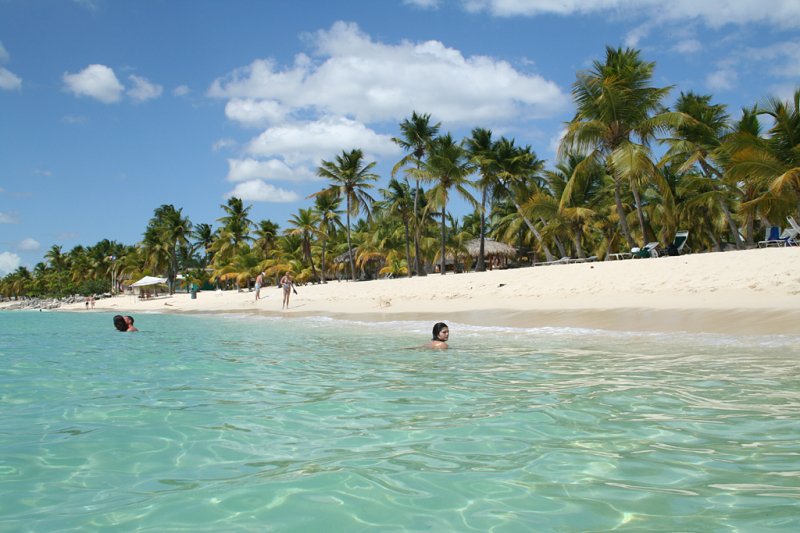
wikipedia.org 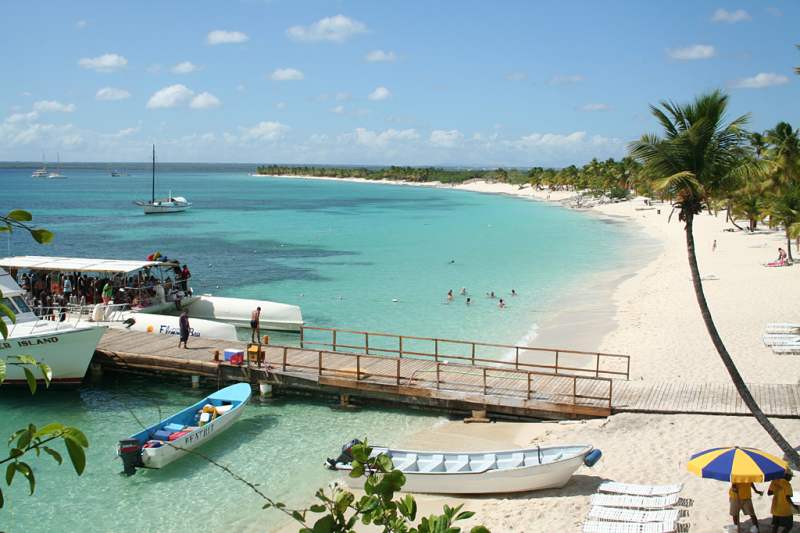
wikipedia.org -
Cayo Arena, off the northern coast of the Dominican Republic, is a tiny whisper of a Caribbean island that scarcely exists. This sandy dollop emerging from the coral is 2,100 square feet in size—less than a tenth of an acre of beautiful, brilliant white sand. The island itself is underdeveloped, save for a few thatched-roof houses, and snorkeling in the quiet, blue lagoon is a great chance to meet curious Caribbean fish. Cayo Arena, often known as "Paradise Island," is a tropical paradise where sand, sky, and crystal clear water combine to create a Caribbean enclave that appears too lovely to be real.
The beautiful coral reefs that encircle Cayo Arena are more appealing than the golden sand. The calm, turquoise seas around the island frequently allow for visibility of more than 10 meters, allowing snorkelers to explore the wonderful underwater world of brilliant coral, schools of fish, and other sea life.
When you are hungry, there are a few modest beach restaurants on Cayo Arena that serve freshly grilled seafood, such as grilled tuna and octopus. The island is easily accessible because it is located just off the northwestern coast of the Dominican Republic. It entails a trip to the Punta Rucia dock. You can board a boat that will transport you to the island in less than 30 minutes from there.
Location: northern coast of the Dominica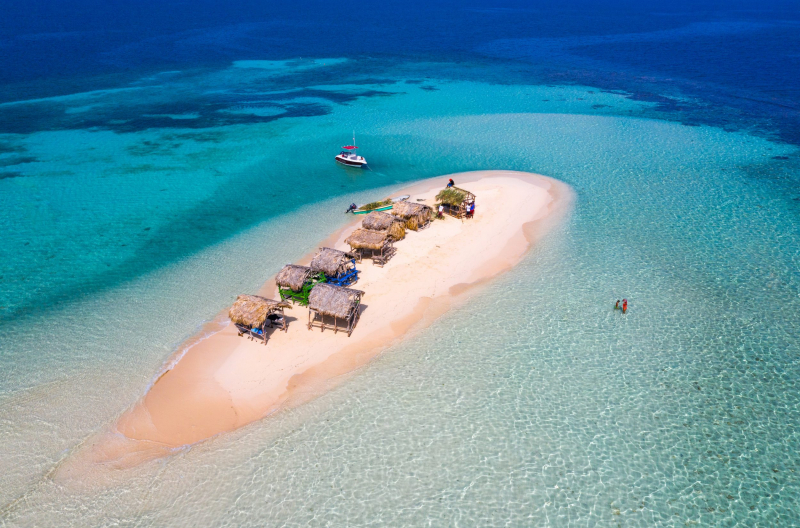
godominicanrepublic.com 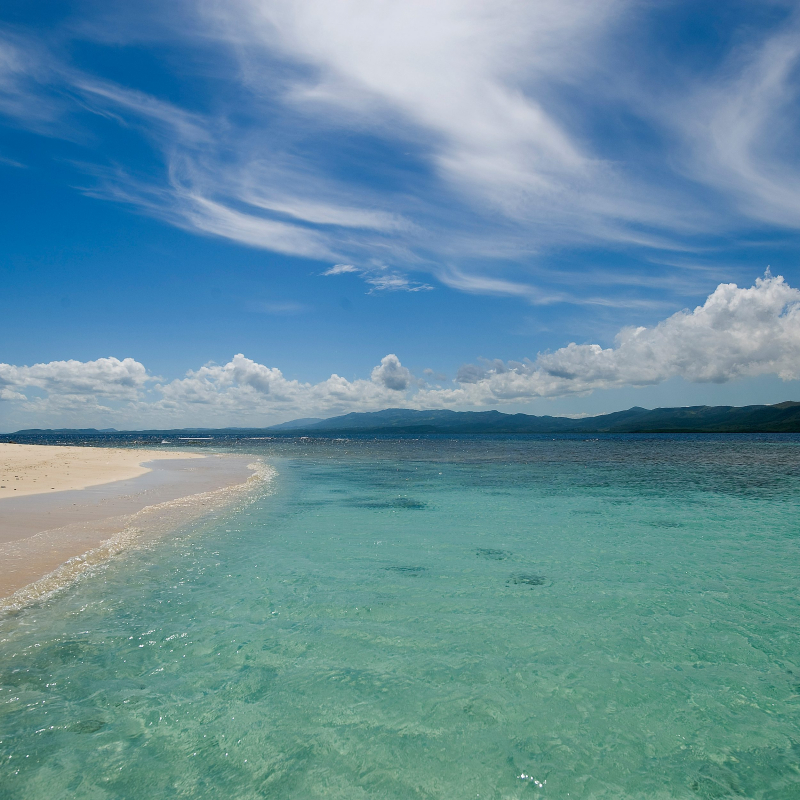
godominicanrepublic.com -
Cayos Siete Hermanos is one of the Dominican Republic's most remote and least frequented islands. Cayos Siete Hermanos is a group of seven sandy cays located 10 kilometers (six miles) northwest of the Bay of Montecristi: Toruru, Muertos, Ratas, Terrero, Monte Grande, Monte Chico, and Arenas. They are made up of coral sands and offer a world of beaches, underwater exploration, and wildlife. Cacti, iguanas, and crabs can be found on the cayes' coastlines. Underwater, submerged woods, sandy bottoms, and big rocky walls combine to create this location as a one-stop-shop for snorkeling, day or night diving–at only three meters (10 feet), it is accessible to beginners. And, unlike other diving places in Montecristi, you may go diving even on windy days. The seven cayes are also the principal nesting site for boobies in the Dominican Republic (the season spans from late May to early September) and an excellent location for seeing migratory and native species.
Because of its remote position, it is best to book a tour to get to Cayos Siete Hermanos. Be warned that the island has no shade, so plan appropriately — bring a parasol and, at the very least, a hat!Location: northwest of Monte Cristi, Dominica
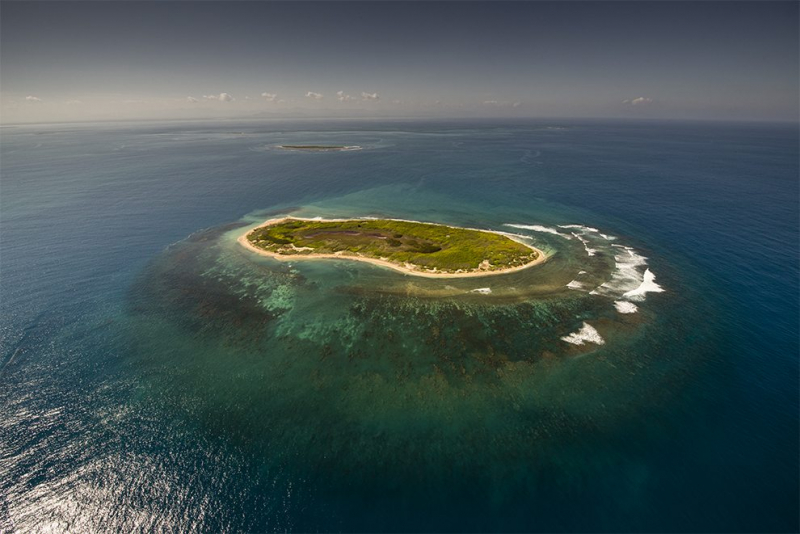
godominicanrepublic.com 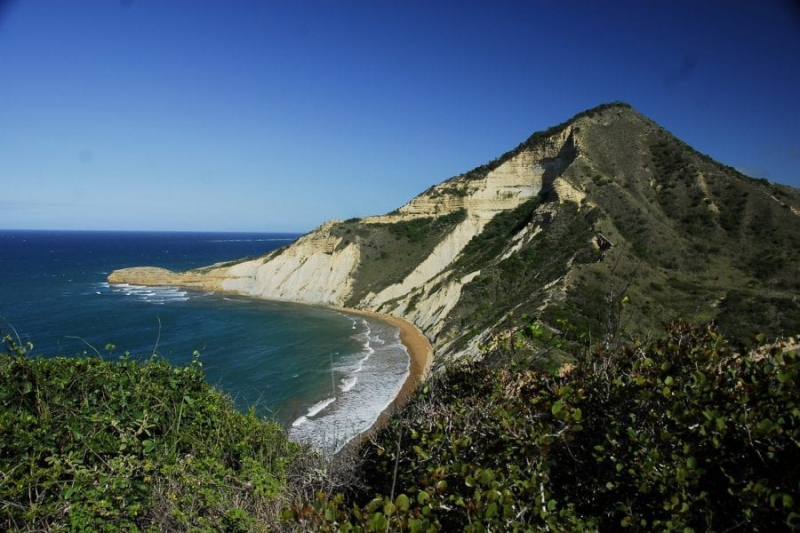
godominicanrepublic.com







